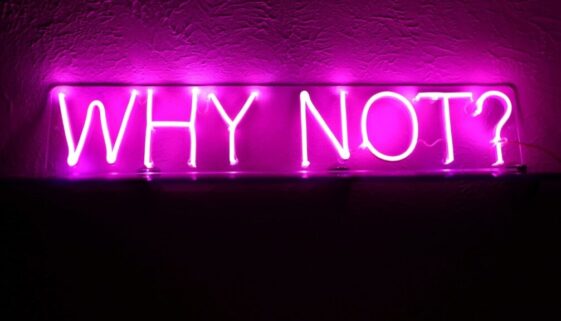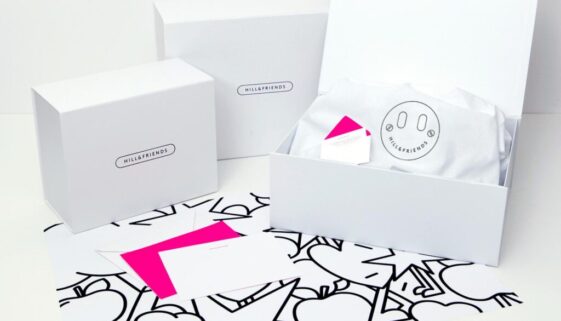Colors are a vital aspect of design, with the ability to evoke emotions, create mood, and convey meaning. Whether it is graphic design, product design, or interior design, color choice can greatly impact the success of a design. The use of colors in design is a crucial aspect of creating visually appealing and effective designs that resonate with their intended audiences.
Color theory is a fundamental concept in the use of colors in design. It involves understanding the relationship between colors, how they interact with each other, and how they can be used to achieve specific effects. Color schemes, such as monochromatic, complementary, and analogous, are a common tool used in design to create balance and harmony.
The psychological impact of colors is another important consideration in the use of colors in design. Different colors can evoke different emotions and feelings, such as red for passion and excitement, blue for calm and tranquility, and yellow for happiness and energy. Understanding the psychology of color can help designers make informed decisions on color selection to achieve their desired outcomes.
Colors can also play a critical role in brand identity and recognition. Consistent use of color in branding can help create a strong association between the brand and its attributes, values, and messaging. Colors can also help differentiate brands from competitors and create a unique and recognizable visual identity.
In conclusion, the use of colors in design is a complex and multifaceted aspect that requires careful consideration and understanding of color theory, psychology, and branding. A well-executed use of colors can elevate the design and create a strong emotional connection with the audience, while a poor use of colors can lead to a disjointed and ineffective design.










